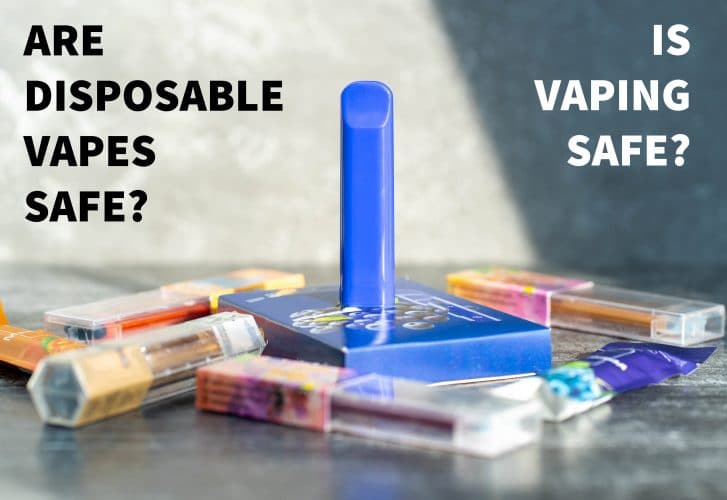In recent years, Cake Disposables Vaps has emerged as a popular alternative to traditional tobacco smoking, gaining widespread attention and sparking both interest and concern among health experts and the public alike. Vaping, short for “vaporizing,” involves inhaling vapor produced by electronic devices that heat a liquid solution typically containing nicotine, flavorings, and other additives. Proponents argue that vaping is a safer alternative to smoking, while critics raise concerns about its potential health risks, particularly among youth. To make an informed decision about vaping, it’s crucial to separate myths from facts.
While vaping is often promoted as a safer option compared to traditional smoking, it’s important to note that it is not entirely harmless. E-cigarettes still deliver nicotine, an addictive substance that can have detrimental effects on the cardiovascular system and brain development, especially in young individuals. Additionally, the aerosol produced by vaping devices contains harmful chemicals such as formaldehyde, acetaldehyde, and acrolein, which can contribute to respiratory issues.
One of the most significant concerns surrounding vaping is its appeal to younger generations. E-cigarette companies have faced criticism for marketing strategies that seem to target teenagers and young adults, leading to a rise in underage vaping. The appealing flavors and sleek designs of vaping devices can make them more attractive to this demographic. The Surgeon General of the United States has declared youth vaping as an epidemic, highlighting the need for strict regulations and educational campaigns to curb its prevalence.
Many adult smokers turn to vaping as a means to quit traditional tobacco products. While some individuals have successfully used vaping as a smoking cessation tool, the evidence is mixed and inconclusive. Vaping may help certain smokers reduce their tobacco intake, but it doesn’t guarantee cessation. Moreover, there’s a risk of dual use, where individuals continue both vaping and smoking, ultimately prolonging their exposure to harmful substances.




